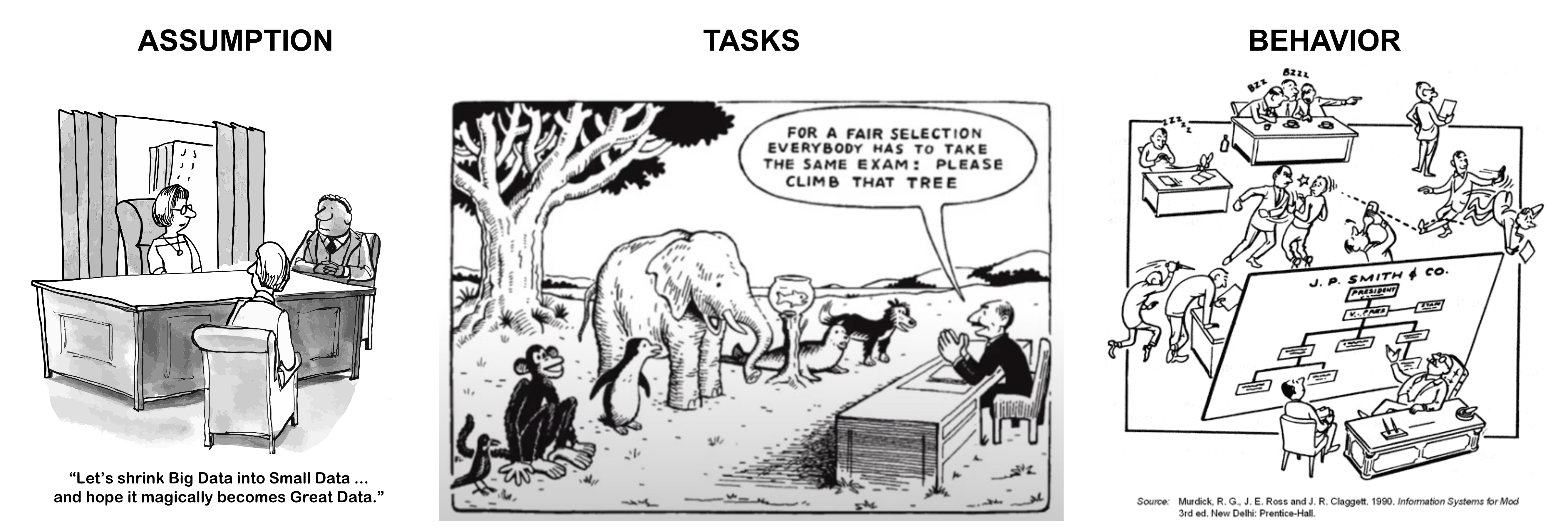Figure C7e. View on data with humorous and exaggeration

credit: Murdick, R. G., J. E. Ross and J. R. Claggett. 1990. Information Systems for Mod 3rd ed. New Delhi: Prentice-Hall
Picture 1 (Assumption)
The assumptions form the framework of the future project and some details that ultimately determine the success or loss of the project. When beliefs are on the agenda, they usually occur in the discussion.
However, the participants in the meetings who discuss the framework of a vision are very far from the details. Plus, they don't mind. Most such discussions have only one goal, not to get involved in anything that could cause a problem.
As a result, especially in the public sector, there is a profound difference between the number of meetings and the number of adopted resolutions that form the next step (containing data). The dates confirm the correctness of the decision taken. Whenever the project succeeded, it was about who created, grabbed, and worked with the data.
The most popular are fantastic non-binding designs. Yes, any idea under discussion can be helpful. But it has its time consumption and unknown consequences. Image is taken from the media Type: Stock Photo, copyright.
Picture 2 (Tasks)
When we understand the assumptions for what they should do, we can plan, prepare, and anchor the associated tasks in the project. But completing tasks has never been easy. It is true especially today regarding digital transformation, scaling, algorithms, and data structuring.
When it comes to talking about scaling, it's a toy. But it's different when you start the scaling process. Suddenly, when you start doing it, you will find there are no answers to what and how to scale (break it down), and others begin to ask why you are doing it, what you are watching, and for whom it serves.
If the external pressure drives you crazy and you do not recover quickly, your scaling will not work well. On the wrong basis, you will build the strategy for the next steps, and you will soon find that the algorithms you want to continue working with are increasingly telling you that you are entering a zone of nonsense.
In the end, you will end your whole endeavor. I took the image from the internet, and it remains to thank its author mainly for the drawing content.
Picture 3 (Behavior)
People's behavior is a separate chapter. If you estimate the assumptions reasonably, you have mastered the scale well, and the algorithms you have set (steps) have led you to a successful end (e.g., to project closing). But if it is true, even then, you will not have peace of mind. Yes, human behavior affects everything.
There is still tension around us between Homo Sapiens and Homo Diabolis (for more, please see Chapter C6). Human behavior always affects the outcome of scaling, algorithms, data structure, and final operations of machines (of computers, software, and hardware together). Machines have "seized" opportunities and evolved the way people lead them. They learn from the mistakes that they find themselves in and need to change according to their needs (adapted algorithms).
Machines indeed learn, have their "Machine Learning, ML" and can save something or, even more, spoil it. It is about scaling of processes in actual stages (including impacts from the sociology and psychology influencers), setting up its algorithms (through faith, education, and common sense), and finally, the obtained data structure (through an infinite number of books, including their electronic forms supplemented by audio and video presentations).
But none of this gives hope the Humans themself (they all together) will grasp the machine's behavior.
An example is Mr. Smith. He built a beautiful scheme for his organization and explained how his organization works to his friend. But the far-sighted author of the picture sees something else. It's just that people are just people.
I discovered the image in the late eighties of the last century (there was no internet yet) and applied it in two articles published in Czechoslovakia. I remind myself to thank and appreciate the author of the picture because even after more than 40 years, I have used it again.
Even after seeing and understanding these three pictures, I am convinced everyone has the right to remain or become optimistic. That is the case, and in the end, modern science can explain human behavior. And what are we learning? To communicate with machines that we build ourselves and put in the ring to apply Machine Learning.
Yes, we teach them the truth about scaling, algorithms, and how to work with data. The optimism that the Human will eventually manage the projects of development and safety remains that machines cannot (yet) cheat, lie and steal (they do not have a soul).
These machines do not need distorted (falsified) scaling. According to still different assumptions and algorithms, they cannot work with algorithms based on open data, which changes without order.
The results of such machines would be hazy, fake, and fuzzy, and such a device (apparatus, set of computers) would eventually look something like Homo Diabolic. We can only add that optimism mates with science and new technologies.
As a partner in the Great Triad, the Human population will find their position on the Earth in Nature and manage joint strength to maintain a positive Spin of Human behavior. The global digital transformation is the step that has the needed power and allows the Human to be an optimist and to start to solve such complex tasks. It is the absolute path to a value of parameters of a "Diamond."
Figure C7f presents a package of scientific and engineering data linked to the assumption of the global digital transformation. It represents these activities through two diagrams (Dialectic and G.A. Miller diagrams). The figure has a complementary (general) commentary below.